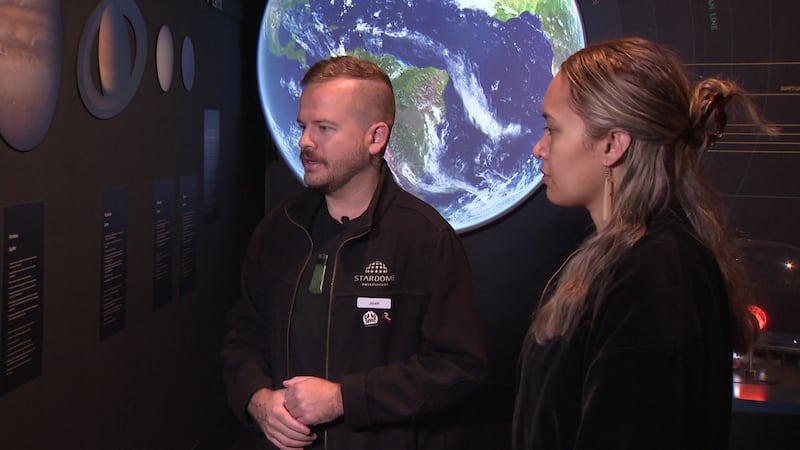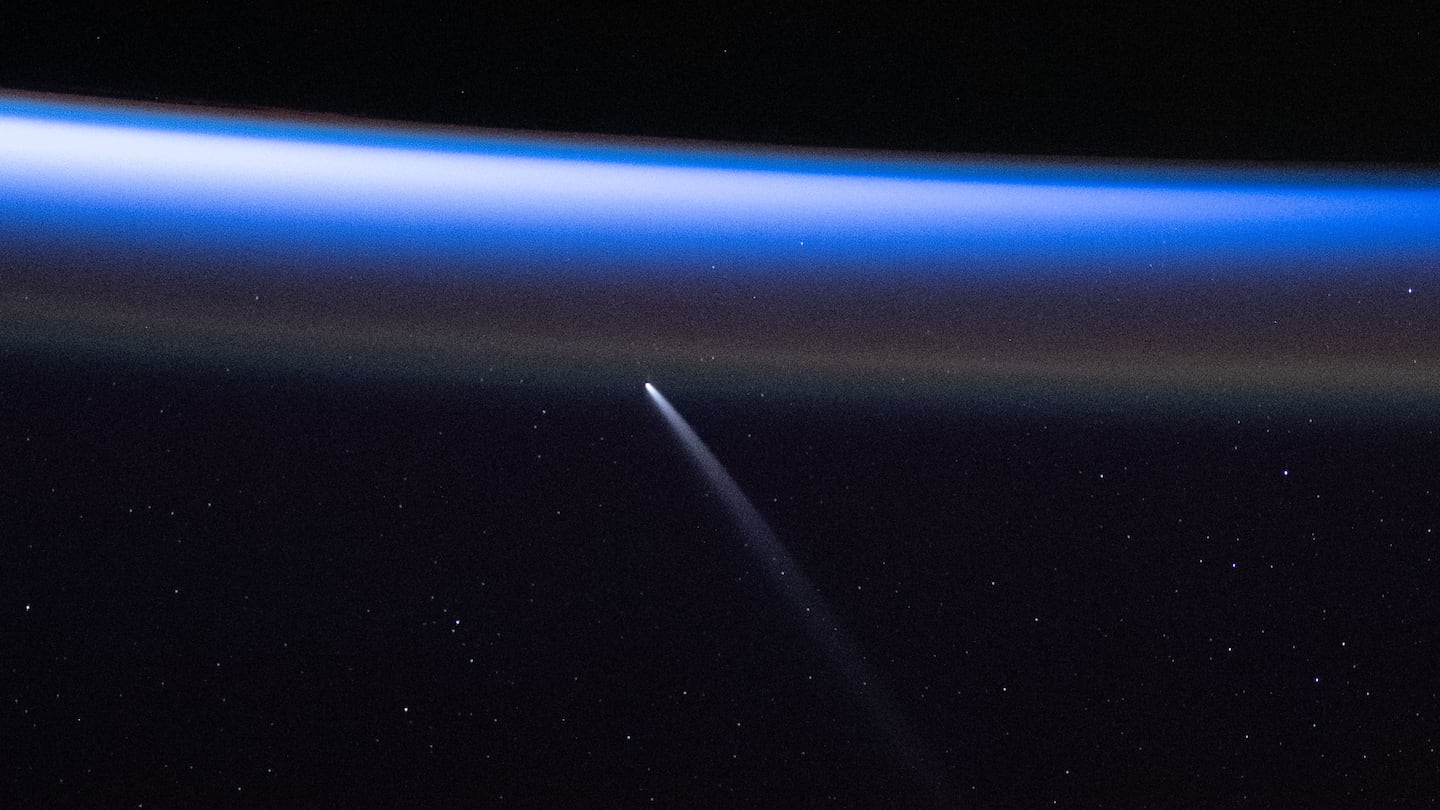From tonight, the skies above Aotearoa will host a rare comet that hasn’t been visible from Earth for some 80,000 years.
The comet, known as C/2023 A3 (Tsuchinshan–ATLAS), will only pass by once in people’s lifetimes and will be no closer to Earth than approximately 85 million kilometres from our planet.
There’s no need for a fancy telescope, to see it; this auahi tūroa (comet) can be seen with the naked eye, unlike many others that buzz through our cosmic neighbourhood without attracting attention.
The phenomenon can be spotted from the west coast to the right of the planet Venus and will appear as a fuzzy patch to the naked eye.
“We haven’t had really had any bright naked-eye-visible comets in quite a while and especially not in the past few years,” astrophotographer and Stardome astronomer Joshua Aoraki (Ngāi Tahu) says.

C/2023 A3 (Tsuchinshan–ATLAS)‘s home is the Oort Cloud, an enormous cluster of comets surrounding the solar system, and reaching up to 3.2 light-years into outer space from the sun.
This auahi tūroa is considered a “long-period comet” due to the huge intervals between its visits to Earth.
Its rarity is a result of the vast distance it covers and the relatively slow speed it travels at.
In contrast, Halley’s comet is considered a short-period comet, because its orbit brings it within viewing distance from Earth roughly every 72-80 years.
“This one is not going to return for another 80,000 years, so it’s kind of literally a once-in-a-lifetime thing to see this comet and, once it’s gone, once it’s faded from view, no one’s going to see it again in our lifetime.”
What is a comet?
Comets are “frozen leftovers” from the violent birth of the solar system, made up of rock, water ice, dust, and other elements they pick up on their long journeys away from, and then eventually back toward the sun.
“When that ice gets close to the sun, it gets fried and that’s why you see these long tails developing off comets.
“When they get away from the sun those tails fade out and they disappear from view,” Aoraki says.
In Māori history, comets or ūpokoroa with tails were given the names auahi roa and auahi tūroa, meaning ‘long smoke trails’.
The Mataatua tribes in the Bay of Plenty said it was a comet that gave fire to humankind, when Te Rā (the sun) sent his son Auahi-tūroa to give it over.
Fire is sometimes known as Tama-a-Auahi-tūroa (son of Auahi-tūroa).




